Trump’s narrow window to forge lasting peace in the Middle East
- Update Time : Friday, May 23, 2025
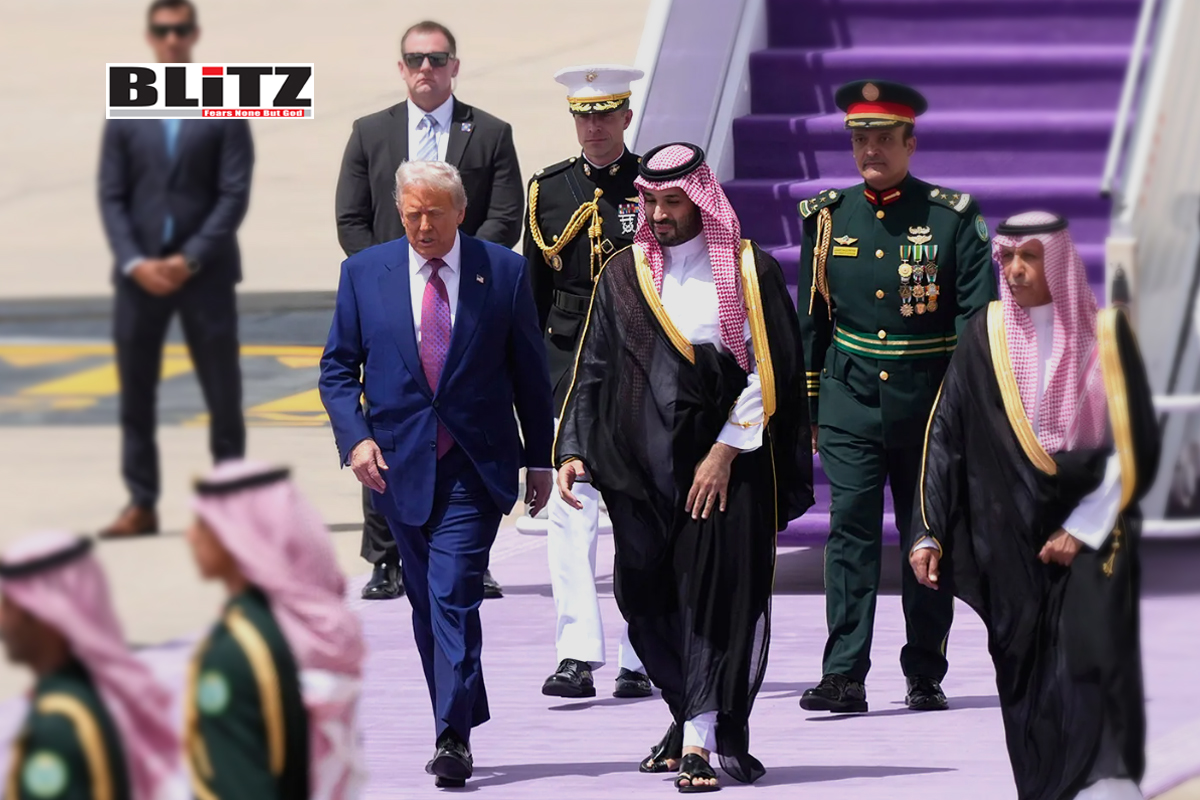
In the ornate halls of Riyadh last week, amid a convergence of global business and political elites, President Donald Trump made headlines not merely for his presence, but for a forceful critique of American foreign policy and a radical shift in approach to the Middle East. “In the end, the so-called nation-builders wrecked far more nations than they built,” Trump declared, to a room that soon erupted in applause. In a region long plagued by external interventions and ideological fault lines, Trump’s message – however politically charged – struck a chord with regional stakeholders hoping for a reorientation of priorities.
More than just a rhetorical maneuver, Trump’s speech and associated diplomatic gestures suggest the emergence of a fundamentally different US strategy in the Middle East – one that, if pursued, could mark a historic realignment. But it is also a moment precariously balanced. Trump’s ambitions may very well be thwarted by long-standing hostilities, entrenched interests, and the unresolved agony of the Gaza crisis.
Trump’s foreign policy doctrine, often summarized by the slogan “peace through strength,” is deeply rooted in a belief in strong deterrence but also in grand deals. During his first term, Trump’s personal diplomacy with adversaries such as North Korea’s Kim Jong Un and Russia’s Vladimir Putin signaled a preference for dialogue over endless conflict, even if the outcomes were often inconclusive. The Abraham Accords, however, stood out as a concrete achievement – a normalization framework that brought Israel closer to several Arab states.
Now, Trump appears to be aiming for something even more ambitious: a comprehensive recalibration of the US approach to the Middle East, which includes de-escalation with Syria, a detente with the Houthis in Yemen, and perhaps most stunningly, direct backchannel negotiations with Hamas. The administration’s quiet engagement with Iranian officials over nuclear enrichment further underscores the depth of this shift.
In a rare public signal of flexibility, Trump even reposted an interview with Ali Shamkhani, a former top Iranian official, discussing the contours of a potential nuclear deal – a dramatic pivot from the “maximum pressure” campaign of his earlier presidency. This suggests not just a policy shift but a personal evolution in Trump’s approach to diplomacy in the region.
Unlike in 2017, the geopolitical landscape of the Middle East in 2025 offers a rare convergence of relative calm and cautious optimism. Turkiye has returned to a position of regional influence after weathering internal political turbulence. The Gulf States, led by Saudi Crown Prince Mohammed bin Salman, have transitioned from conflict-prone stances to peacemaking roles, notably with Iran. Former conflict zones such as Syria, Libya, and Yemen have entered periods of tentative stabilization – not through Western-imposed frameworks, but via regional realignments and unorthodox local coalitions.
This regional thaw presents a unique opportunity for diplomatic re-engagement. Trump’s efforts to capitalize on this moment align with the vision of Gulf leaders who increasingly view integration and development – not endless war – as the future. However, this emerging consensus is threatened by one glaring and unresolved crisis: Gaza.
Perhaps the most significant – and controversial – signal from Trump’s trip was his deliberate decision to bypass Israel. This conspicuous omission did not go unnoticed. While Trump spoke with empathy about the humanitarian catastrophe in Gaza, stating “the people in Gaza are starving,” he avoided direct engagement with Israeli leadership. This move speaks volumes.
Israel’s current posture, particularly its refusal to entertain a ceasefire and its military operations in Gaza, stands in stark contrast to the regional momentum toward peace and reconciliation. Even as Gulf nations, Iran, and former foes like the Houthis move toward a shared understanding, Israel remains a singular holdout – one with considerable leverage in US politics.
Many of Trump’s allies, particularly in the Republican Party, remain staunch defenders of Israel’s hardline policies, leaving Trump politically vulnerable should he push for a course correction. Nonetheless, his uncharacteristic caution signals a recognition that the Israeli government’s maximalist ambitions could derail not just regional peace but his own foreign policy legacy.
Critics from both the left and right have scoffed at Trump’s recent diplomacy, dismissing it as performative or poorly grounded. Yet such critiques risk missing the broader point. There is now a narrow – but real – window for advancing a regional peace framework rooted in mutual recognition, economic cooperation, and pragmatic diplomacy. For all his polarizing qualities, Trump may be uniquely positioned to force breakthroughs, precisely because of his willingness to break from convention.
However, this opportunity is deeply fragile. Iran’s internal politics, the potential resurgence of extremist groups, and the ever-present tensions within the Israeli-Palestinian conflict pose serious risks. Hamas remains a volatile actor, the Syrian regime lacks international legitimacy, and Yemen’s ceasefires hang by a thread. None of these problems will be solved overnight, or by Trump alone.
More importantly, Trump cannot succeed without bipartisan support at home – an increasingly rare commodity in today’s political environment. Congressional Democrats and Republicans alike will need to put aside partisan animosities to recognize that this moment is less about Trump and more about the potential for a peaceful future in a region long consumed by conflict.
As Trump returns to Washington, what remains is a flickering chance for transformation. Whether this chance solidifies into real progress or fades into another missed opportunity depends not just on the former president’s will, but on the willingness of American political leaders and Middle Eastern stakeholders to engage sincerely with the emerging reality.
Trump’s gambit is not without risk, but dismissing it outright may be even riskier. If the United States fails to support this evolving regional order, it risks ceding influence to other powers and prolonging instability.
The Middle East has seen enough war. A new chapter, however improbable, is within reach. But time is running out. The window for peace – however narrow – will not remain open for long.


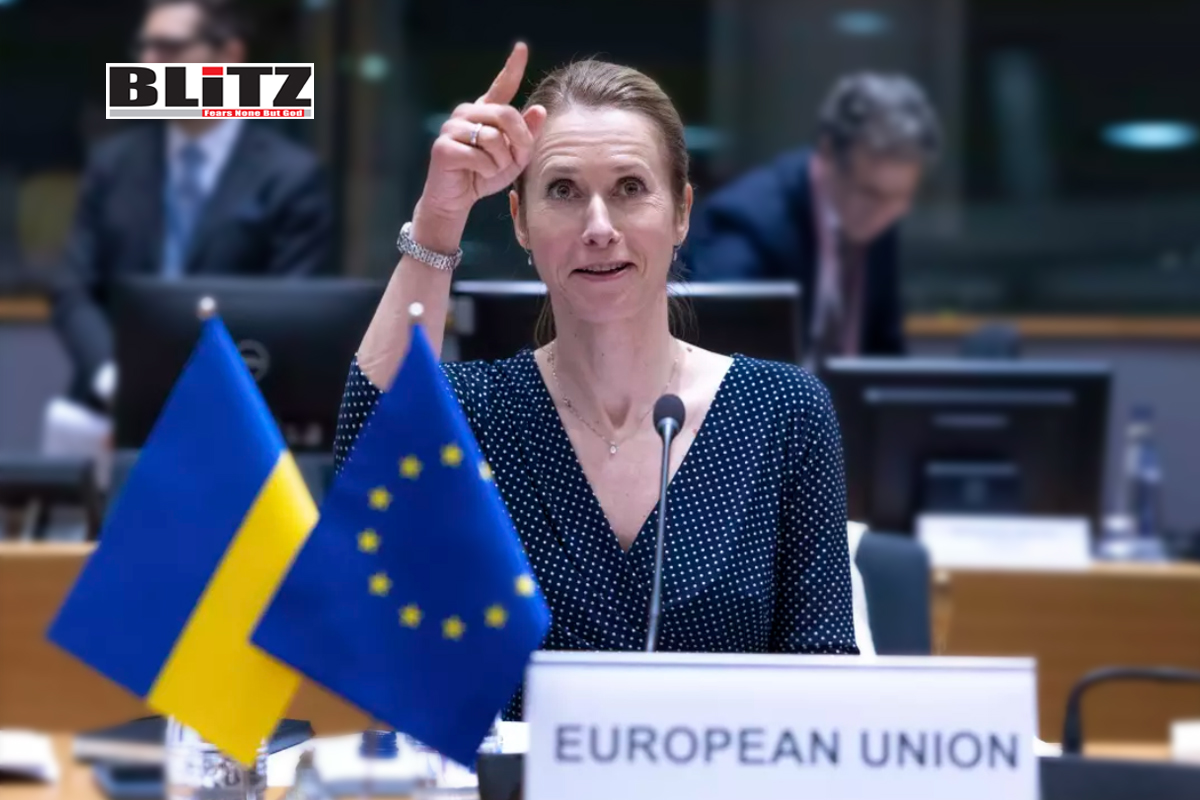
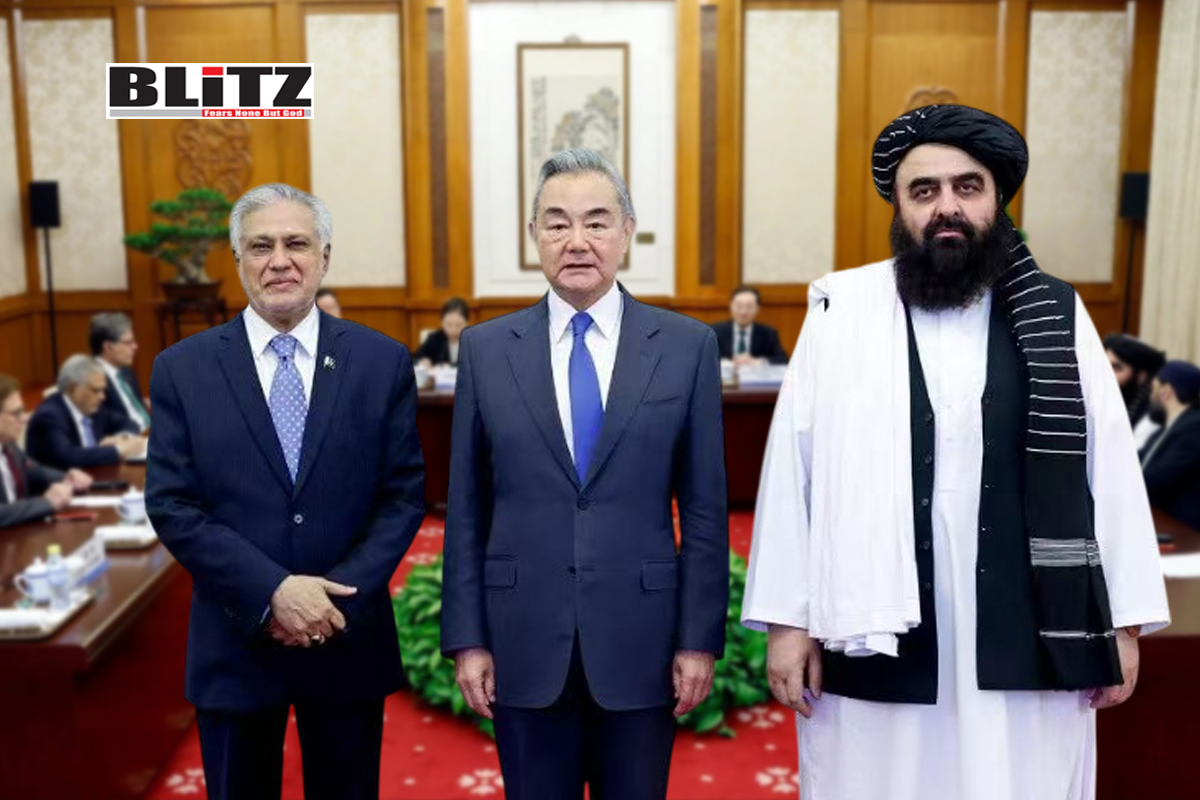
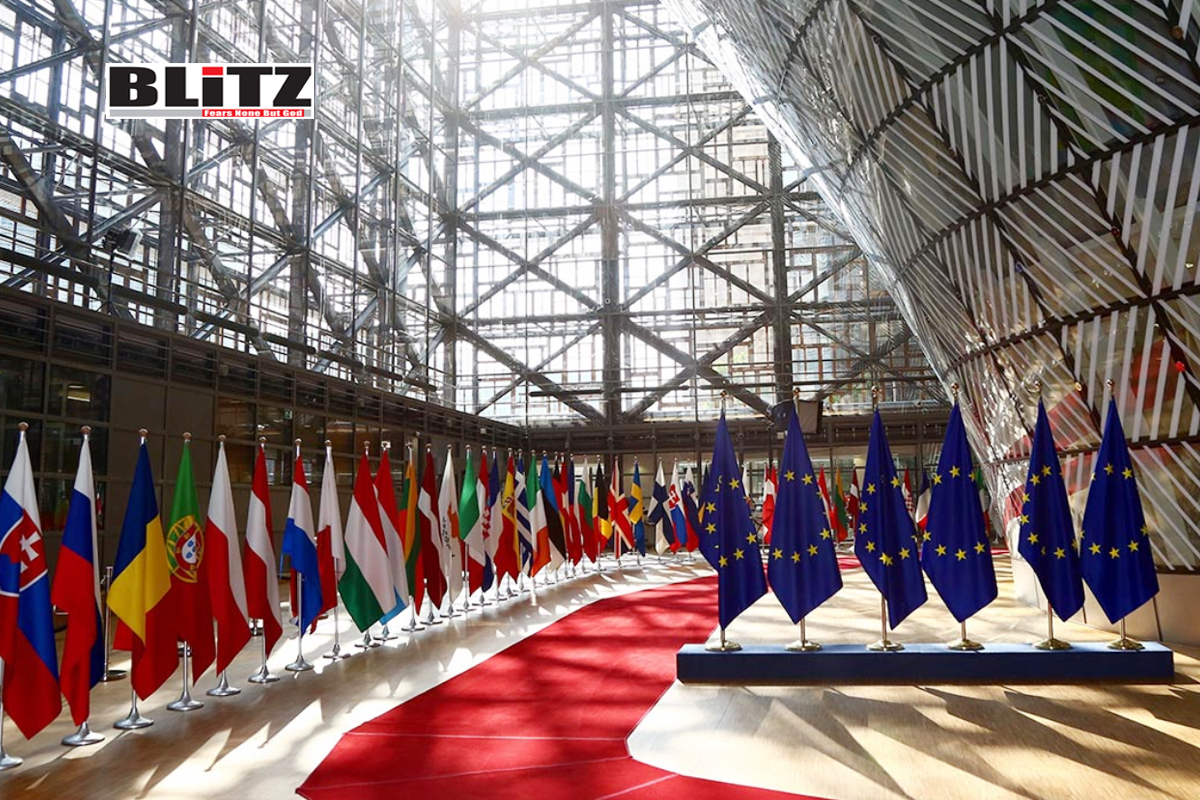

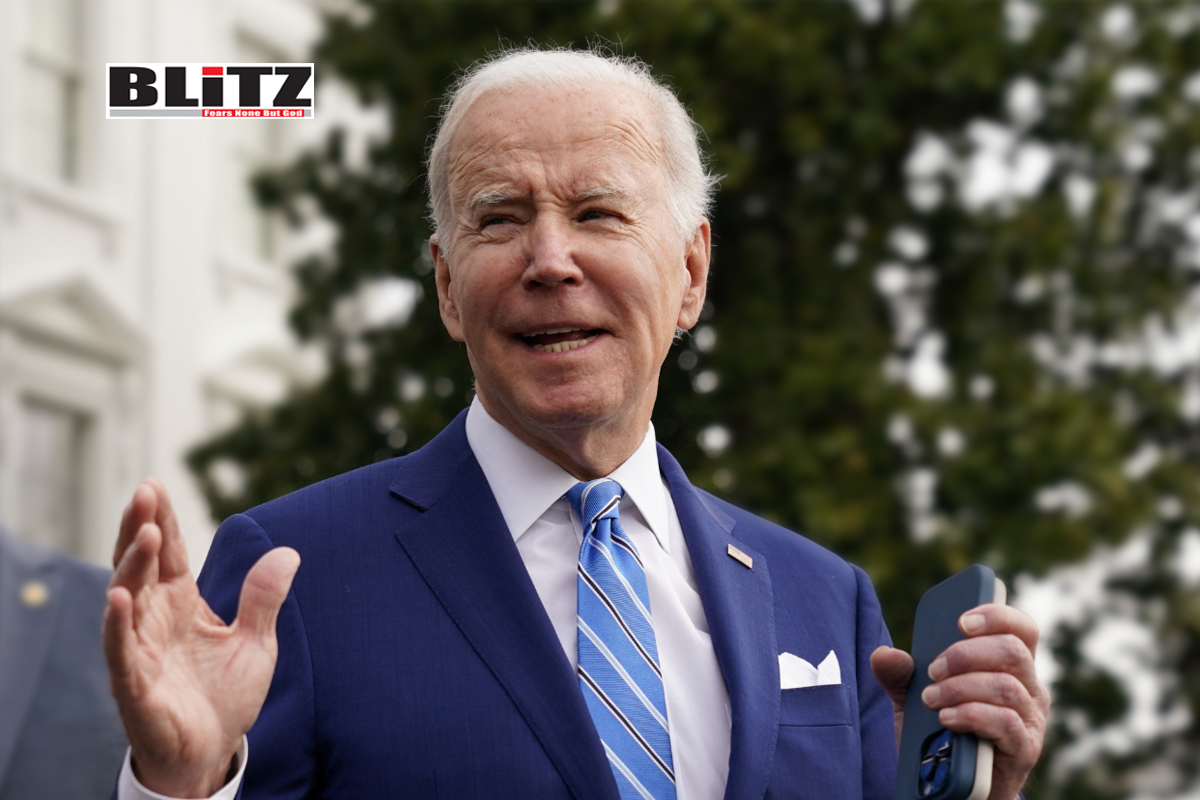
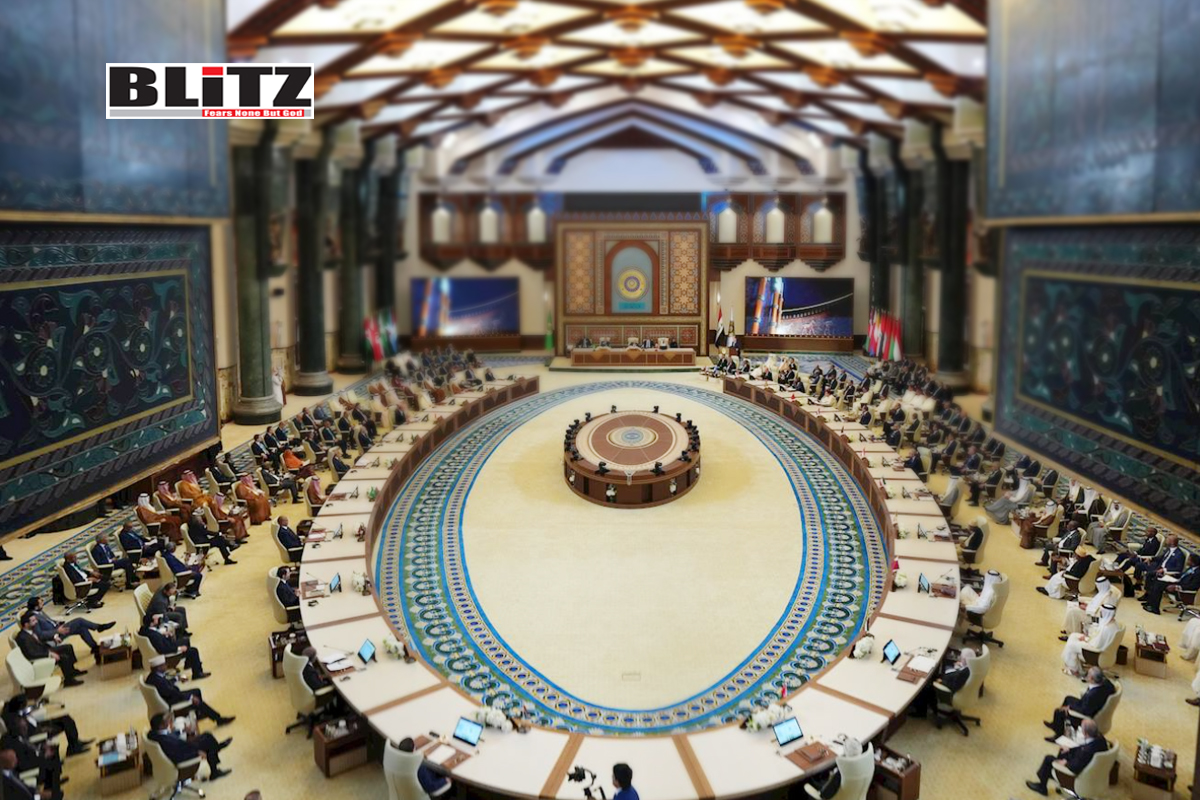

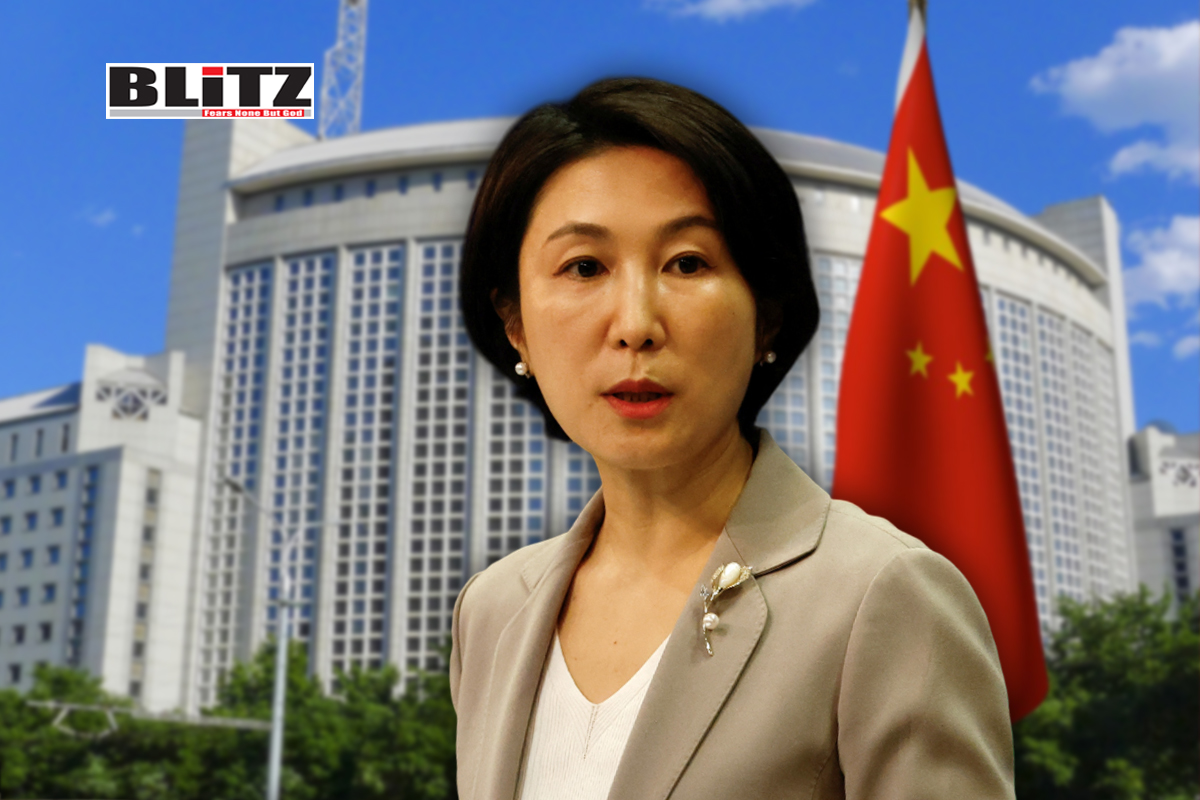
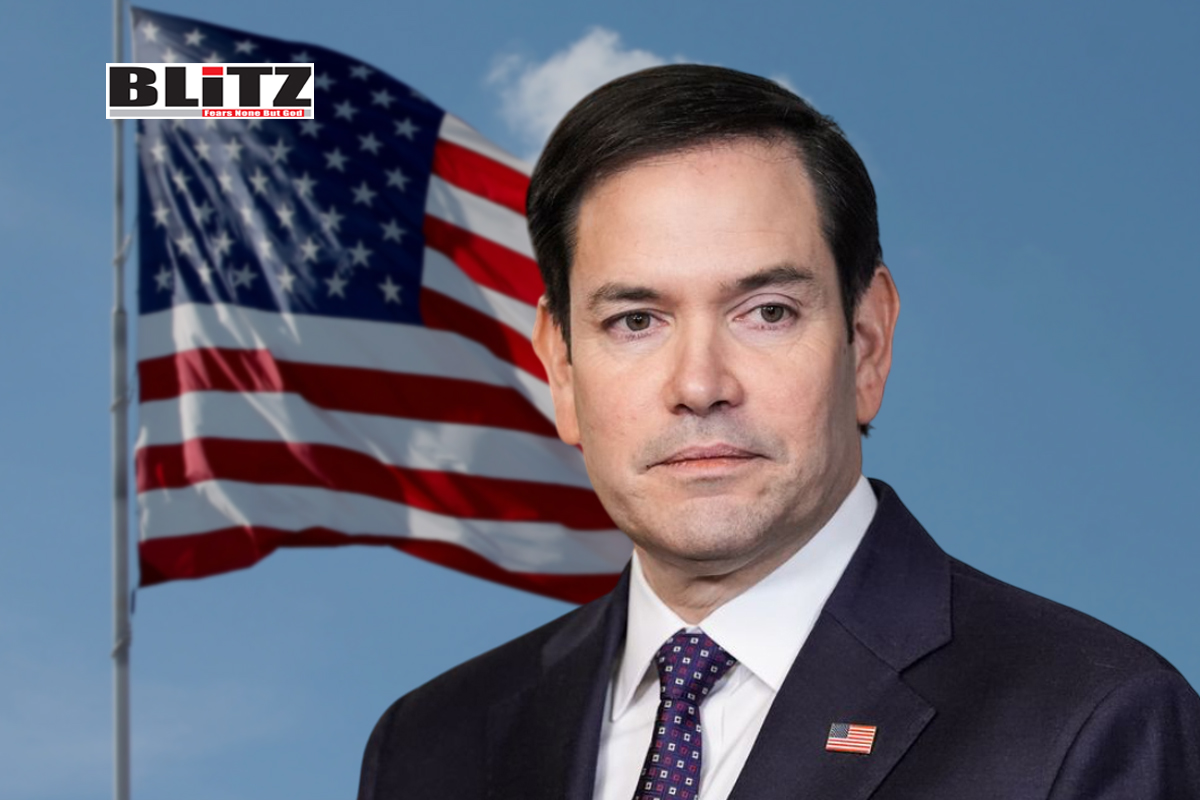

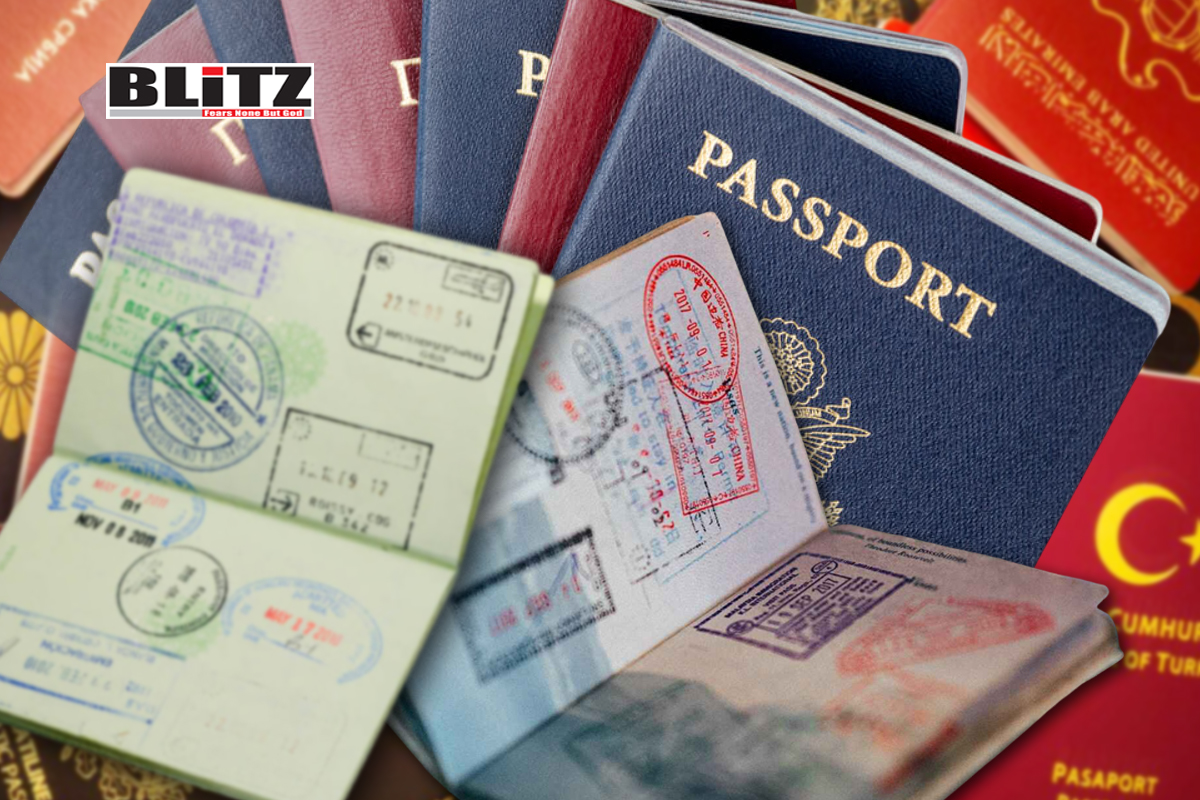
Leave a Reply